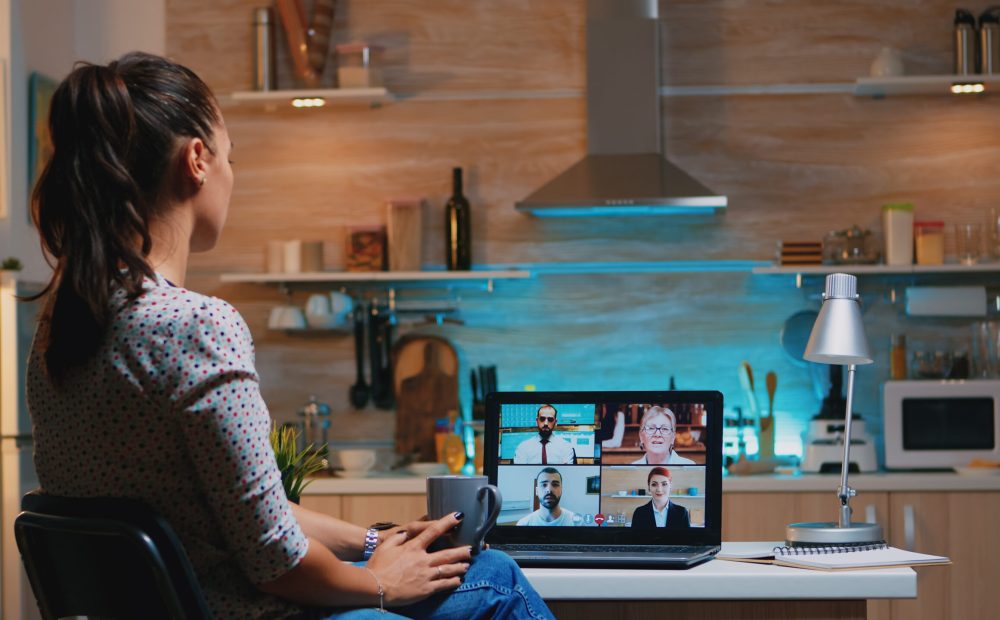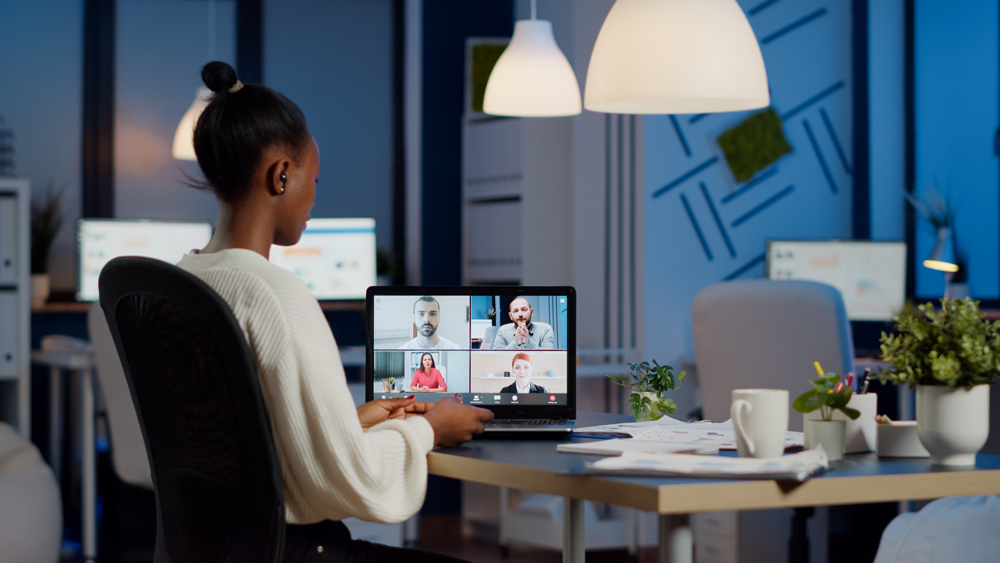
Not since people’s livelihoods depended on caring for their farms have so many of us worked from home. Now, it’s estimated that more than 70% of the collective workforce will be fully remote within the next two years.
But no matter how much time we spend at our tech-decked, perfectly-curated home offices, in-person connections will always be important.
That’s even more true of networking, much of which has also gone virtual or hybrid as a result of COVID-19. What might these events look like as pandemic-era restrictions relax, but demand for digital experiences continues?
Virtual Networking: Transformed, but Still a Priority
In this era of remote offices and remote services, is it really any surprise that remote networking has emerged as the go-to?
It’s so common, 74% of marketers now view virtual events as the top priority for overall events strategy, according to video experience provider Kaltura.
Kaltura’s EVP of Marketing, Lisa Bennett, says “It has become abundantly clear that virtual and hybrid events are here to stay even with the full return of in-person events, so we now must look at how we can best optimize these experiences for attendees and organizers alike.”
All of this is poised to fuel the virtual networking event market, growing aspects like:
Meanwhile, in-person events are still suffering from low attendance rates, thus popularizing virtual or hybrid options among 93% of marketers.

The Benefits and Bright Future of Virtual Networking
For what virtual events lack in spontaneous connections, they more than make up for in other areas.
Most notably, there are three big boons that only digital experiences can offer, including:
Location agnostic settings that increase attendance.
It makes sense that the bigger the guest list is, the more opportunities to network there are. But an unforeseen traffic jam or inconvenient location can cut your attendees significantly. Whereas when you network online, you can do so with folks halfway across the world, in different timezones who might never otherwise cross paths – therefore increasing the odds of connecting with someone new.
Organic connections maximized by digital tools.
Close physical proximity isn’t the only way to network. When groups come together in virtual spaces, they still have the opportunity to meet people they don’t know or don’t know well, only this time, they have digital tools and software that can assist. From comparing calendars and scheduling meetings across time zones to automatically exchanging contact info without interrupting the flow of conversation, in many ways, online networking is next-gen networking.
Better event flow and more social cues.
“As an introvert, some struggle with structure or the lack thereof during in person networking,” explains Twine. “Software can help with all of this friction, providing nudges and guidance when needed, and helping you move on to the next conversation without the awkwardness.”
What’s on the Horizon for the Future of Networking?
Looking ahead, it’s clear there’s a place and a preference for virtual or hybrid networking events. Some speculate more of these will take place in the metaverse, making VR/AR business technologies even more essential. However you choose to engage, make sure your meet and greets give guests the ability to mix and mingle in both worlds.
